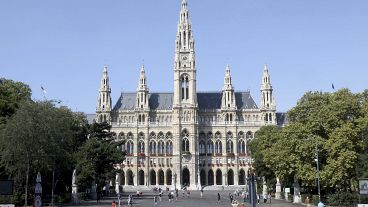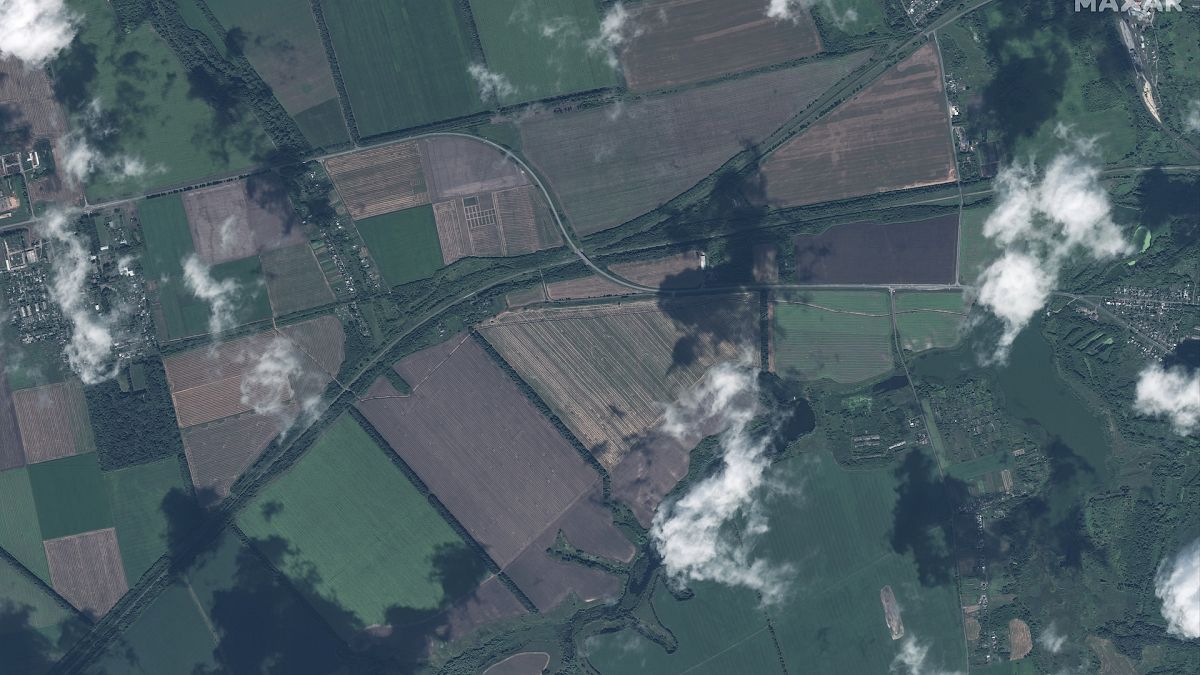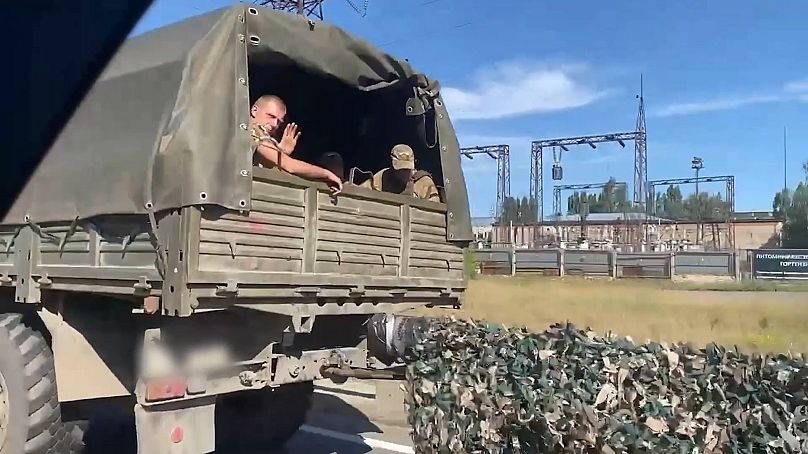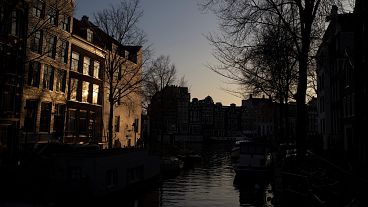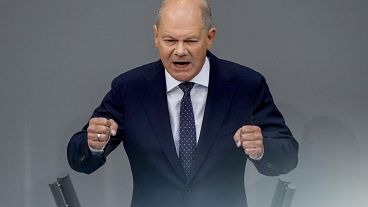Russia's leadership finds itself in a peculiar dilemma – it lacks manpower to protect its borders and continue the fight in the Donbas, but it also needs to plug labour gaps if it is to sustain its war economy.
Before Ukraine even launched its surprise operation in the Kursk region of Russia, reports from various economically developed Russian regions spoke of a large rise in pay for soldiers recruited for the front.
In this particular war, Russia has opted for a mixed model of mobilisation and hiring soldiers.
However, the fight for pay model has been introduced for both of these categories, the only difference being that the hired part of its frontline army voluntarily took the job and the mobilised part was pressed into service, for which it is nonetheless paid.
From July 2023 to June of this year, the Russian state paid participants in the war in Ukraine, wounded servicemen, and relatives of the dead a sum somewhere in between 2.75 and 3 trillion roubles (€30 billion), which is equivalent to 1.5% of Russia's GDP, according to a study by the Re:Russia project.
Financial incentives needed to recruit more soldiers
Krasnodar region is one of the leading administrative units of Russia when it comes to recruitment pay for frontline soldiers, and it recently increased the lump sum for joining the war to an equivalent of around €16,000. This is considered a considerable sum for many poor Russians.
In comparison, the second largest city in Russia, St Petersburg, is offering around €11,000 for new recruits and the capital, Moscow, increased its reward for mercenary soldiers to around €19,000.
Since the surge in recruitment pay for Russia's soldiers occurred before the Ukrainian Kursk offensive, this trend cannot be attributed to this particular change in the dynamics of the Russo-Ukrainian War.
As Alexander Clarkson, a lecturer at King's College London, explained for Euronews: "Russia is running out of willing volunteers but doesn't want to repeat unpopular mobilisation. That's why it keeps raising signing on bonuses."
The shortage of volunteers for the war is not the only reason for the Russian state's surge in spending on recruiting frontline soldiers.
A competition between the Armed Forces and the war industry
Ivan Kłyszcz, a research fellow at the International Centre for Defence and Security in Tallinn, told Euronews: "Competitive salaries and better conditions than the military also play a significant role."
The Russian army must now compete with the Russian military industry, which is on the rise and also hungry for manpower.
This portrays the dilemma the Russian leadership faces – recruit soldiers or hire workers. Mart Kuldkepp, a professor at University College London, summarises for Euronews the problematic fork in the road for Russia's war effort: "The MoD increasingly has to compete with other employers, including in strategically important sectors. This creates not just competition over pay, but also dilemmas of which state interests to prioritise."
The military needs against the industry needs question cannot be solved easily in Russia's case, especially now as the number of migrant workers keeps shrinking for the reasons of rising police repression after a series of terror attacks in Russia by radical Islamist groups and in the general atmosphere of fear from forced conscription.
For example, the flow of labour migrants from Tajikistan to Russia in the first six months of 2024 decreased by 16%, according to figures from Tajikistan's Ministry of Labour.
Potential labour supply drying up
Edward Hunter Christie, a former NATO official and a senior research fellow of the FIIA, put the problem before the Russian leadership into perspective for Euronews: "Whether you remove workers through conscription, or you attract them away with high military salaries, in both cases you run the risk of shortages in the civilian economy.
"Ultimately, salaries may have to increase in certain sectors of the civilian economy as well. This will all be quite costly for the Russian state, and it will also fuel inflation."
Inflation, coupled with the aggravating labour shortage, constitutes a dark cloud over the Russian economy, which has shown signs of growing after transitioning into war mode.
Janis Kluge, a senior associate at the German Institute for International and Security Affairs, told Euronews: "The only businesses that can thrive in this environment are suppliers for the war.
"The inevitable consequence is that the civilian economy will shrink, while the military-industrial complex grows. Eventually, inflation will also lower the incomes of the population. How bad it becomes is dependent on how sanctions and the oil price develop."
Mass emigration removed potential workers
Russia's problems with labour manpower are exasperated by the fact that waves of mass emigration of the younger, qualified workforce have occurred in Russia since the start of the all-out war against Ukraine.
Maria Snegovaya, a senior fellow for Russia and Eurasia with the Europe, Russia, and Eurasia Programme at the Centre for Strategic and International Studies, told Euronews: "The total number of emigrants since 2022 is estimated at around between 500,000 and one million people, many of whom are younger, better educated, and working in key industries such as the information technology sector.
"Adding to that the mobilised and volunteers overall, due to a combination of coronavirus, mobilisation, and war-related casualties from 2020 to 2023, Russia's labour pool has lost about 1.9–2.8m people."
Ageing population also a problem for labour force
The age differential of Russia's population also needs to be taken into account. According to the most recent data from Rosstat for 2024, the absolute number of pensioners in Russia is about 41 million, around 30% of the general population once the waves of emigration and casualties of war are included. It is no wonder that almost half of Russian industrial enterprises have already reported being understaffed as of last year.
As Snegovaya concludes: "The economy is overheating, the CBR has raised the rate even above its currently unprecedentedly high level of 18%. The Central Bank's changes won't impact the true inflation sources – the expanded consumer spending driven by still growing defence expenditures, social spending to war participants/dependents, labour shortage and competition for workers through wage increases."
Even with the war economy in motion, Russian GDP has risen "by just 0.8% per year on average," Kluge states.
As inflation and labour shortages mount and Ukraine takes the war into Russian territory, the Russian economy is not looking in great shape.




